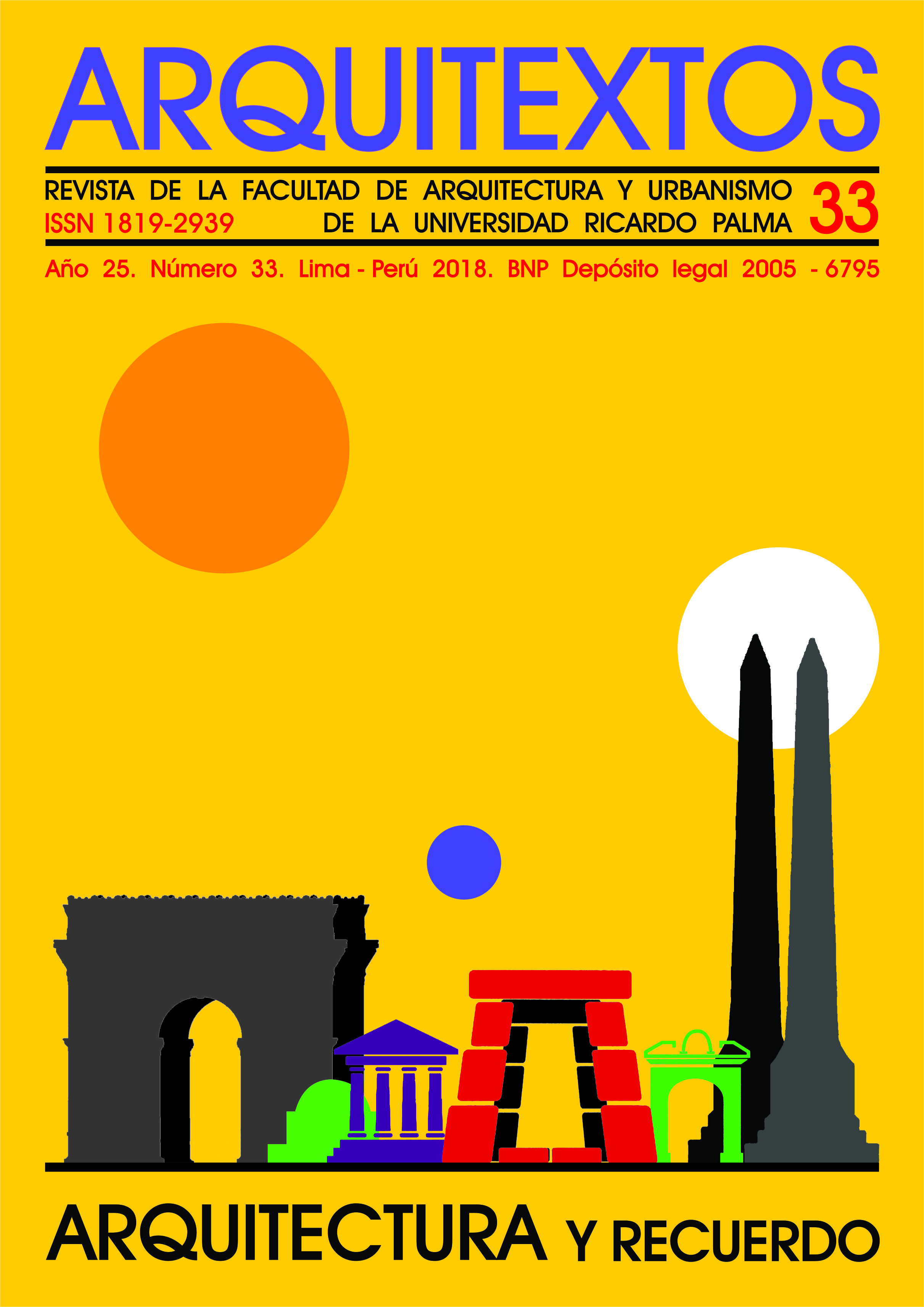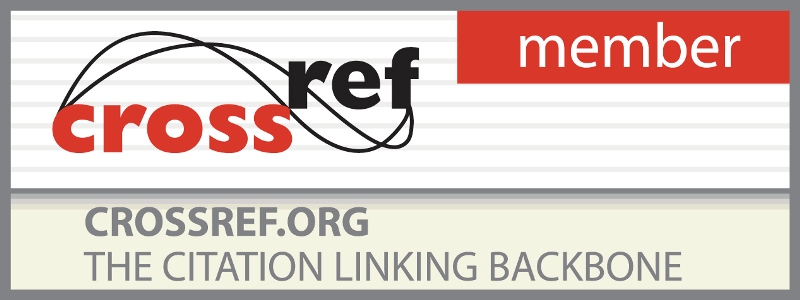The Monument as an instrument of national identity
The Italian case
DOI:
https://doi.org/10.31381/arquitextos33.1859Keywords:
monument, Italian identity, fascism, traditionalism, rationalismAbstract
Between 1860 and 1950 Italian architecture had the task of building the modern image of a
young nation. Politics asked to architects to convey, through their work, identity messages
to the collectivity. This process was particularly present during the period of fascism (1922-
1943), at the disposal of the government of Benito Mussolini. Through strong messages deeply rooted to the ancient Roman tradition, fascism sought to restore a national identity that
would guarantee the duration of the regime. The fundamental elements on which
constituted this identity were the memorial monuments, places where the mass of
the people feels the need to recognize each other to express the cult of the homeland.
The article analyzes several monuments, from the construction of the Vittoriano by Giuseppe
Sacconi, to the Ardeatine monument of the Fiorentino-Perugini group: a historical evolution
that is deeply linked to the piety of the Italian people.








